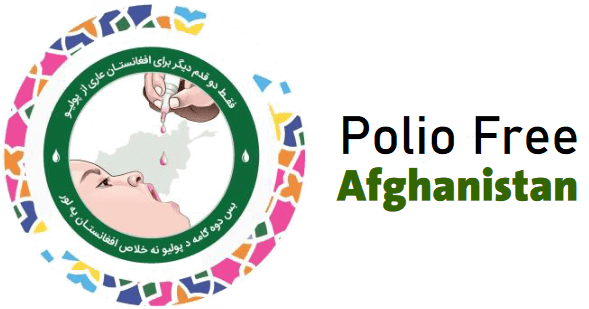Surveillance
The Afghanistan Polio Eradication Initiative maintains a sensitive surveillance system, which is the backbone of the country’s polio eradication efforts. It ensures the timely detection, reporting, investigation, and analysis of every single Wild Poliovirus case to enable a timely and effective response geared towards stopping every strain of the debilitating virus.
Acute Flaccid Paralysis(AFP) Surveillance
The nationwide acute flaccid paralysis (AFP) surveillance is the gold standard for detecting polio cases. The AFP surveillance system has four key steps for consistently detecting and reporting cases of polio. These include:
- Detecting, investigating and reporting AFP cases
- collecting and transporting two stool samples from each suspected case for analysis to the WHO Regional Reference Laboratory located in Islamabad, Pakistan
- Identifying poliovirus in the stool samples
- Genetic mapping of virus to determine the origin of virus strains to understand and track poliovirus epidemiology and mount vaccination response
Afghanistan’s Polio Eradication Programme currently has a network of more than 45,000 surveillance reporting volunteers, including health workers in health facilities as well as community volunteers such as traditional healers, religious leaders, shrine keepers and pharmacists. These volunteers actively find and report children showing signs of AFP, such as floppy or weakened limbs with rapid onset of paralysis.
In addition to the above, more than 70,000 polio campaign workers who go around communities during immunisation campaigns also conduct active AFP case searches to further boost the AFP surveillance. Identification and reporting of suspected AFP case has also been incorporated into trainings led by the Ministry of Public Health and WHO ahead of every national immunisation campaign.
Vigorous training of AFP reporting volunteers and focal points remains crucial in order to guarantee that no AFP case is missed and that samples are collected, stored, and transported properly. The Afghanistan Polio Eradication Initiative continues to support the training and orientation of new and existing AFP focal points and volunteers to ensure each volunteer is trained at least once a year.
Environmental Surveillance
While AFP surveillance remains the cornerstone of polio eradication efforts, environmental surveillance is used to complement surveillance efforts for detecting poliovirus transmission in communities in high risk locations, sometimes missed by AFP surveillance or low level circulation not causing paralysis, thus enabling a swift response to stop further spread of the virus.

Environmental surveillance involves testing sewage or wastewater samples for the presence of poliovirus and may identify wild poliovirus infections in the absence of cases of paralysis. This insight means that the polio eradication team knows where the virus is, even in the absence of paralysed children. Given that for every polio victim there can be hundreds of ‘silent’ cases – children infected but with no symptoms – improved environmental surveillance boosts the programme’s ability to find and track the virus.
There are currently 23 environmental surveillance sites, located in 14 major population centres of 11 provinces of Afghanistan. Establishing environmental surveillance at a new site involves various steps including, identification of the sample collection site based on epidemiology, demography and sewage system; logistic arrangements; and training for environmental surveillance personal, demonstrating how samples are properly collected, labelled, packed, stored and transported to the laboratory for testing. After each sample is collected from a sewage site, it is frozen and sent to the regional reference laboratory for testing and analysis, utilising a reverse cold-chain process to ensure the virus does not denature in the heat.
